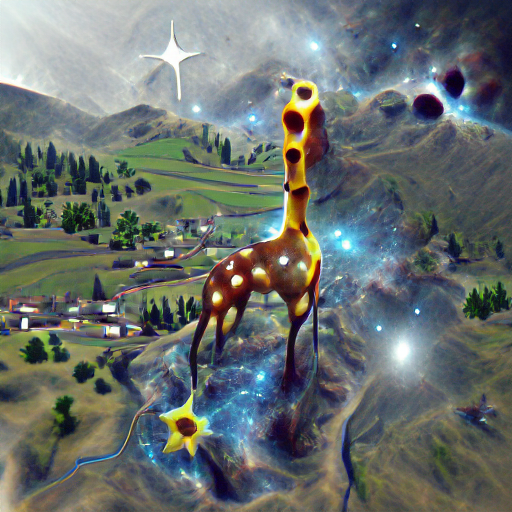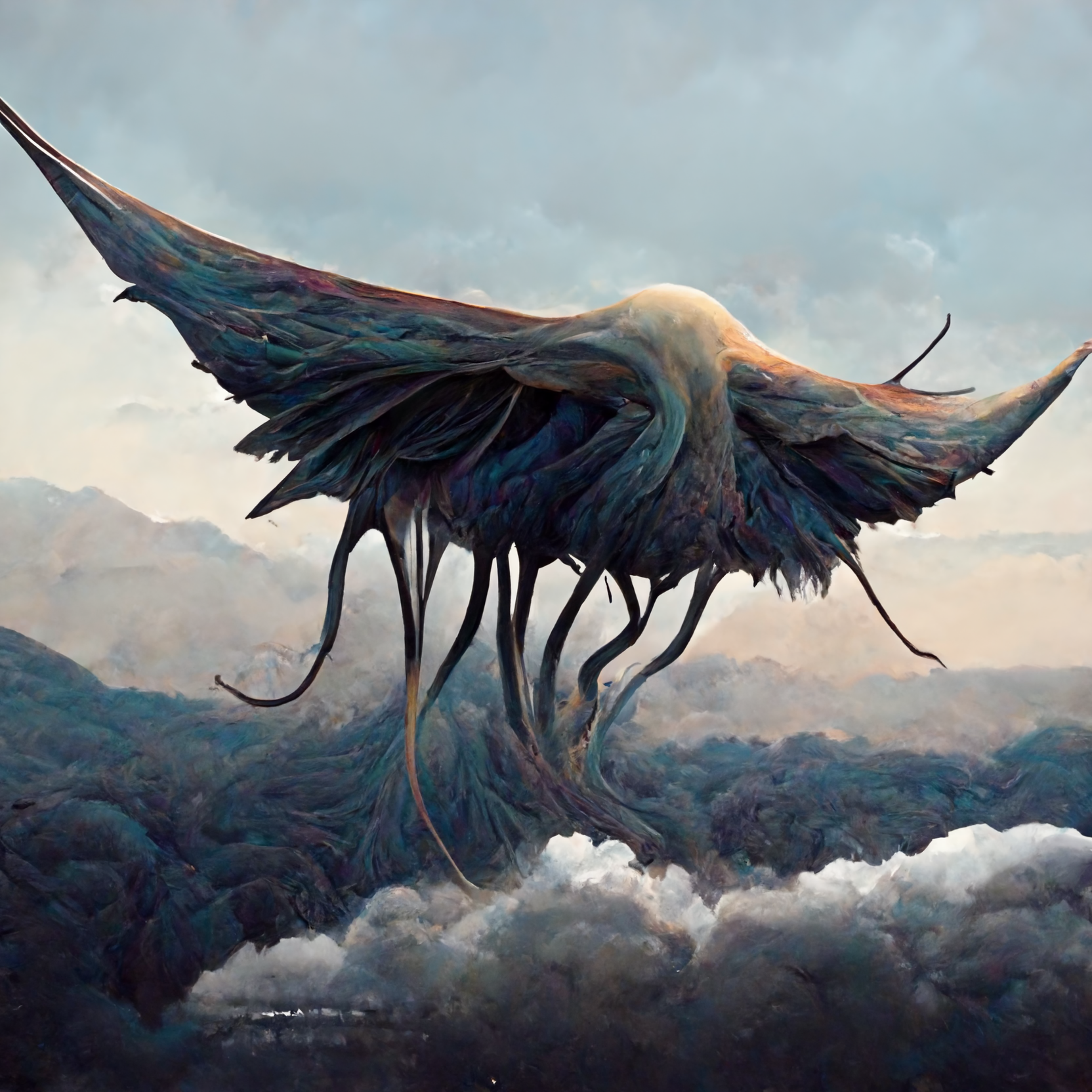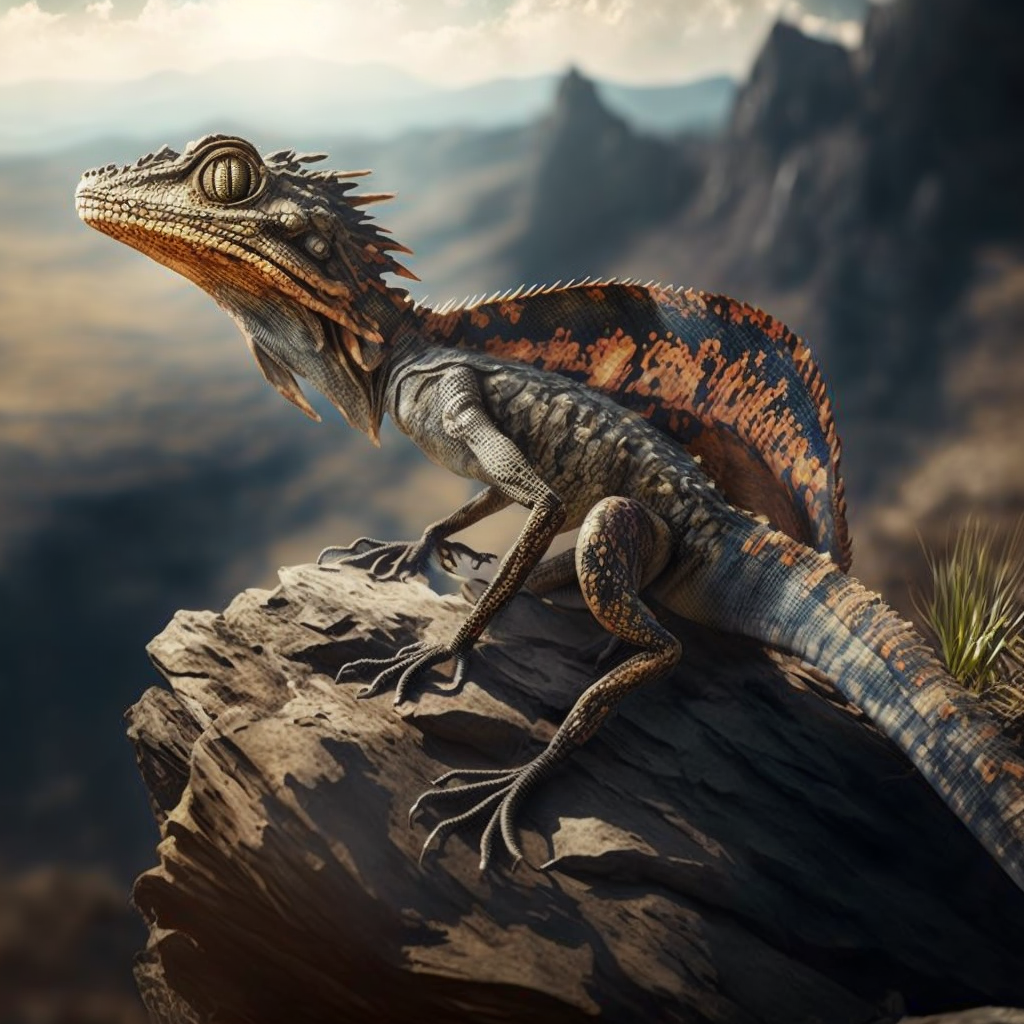

Although the celestial cataclysm was a great catastrophe, it did introduce us to the Hifinginn and their universes—and consequently pushed forward our technology, biology, medicine, and understanding of the cosmos at least a century forward. The Hifinginn body is composed of veons instead of atoms, which is believed to be the reason why they largely ignore our universal rules of physics.
Explore an endless universe of ficticious life on NovelGens.





